Notable ideas Nadaismo Influenced by Fernando Gonzalez | Role Poet Name Gonzalo Arango Region Western philosophy | |
 | ||
Main interests Literature, Philosophy, Poetry, Politics, Theology, Moral Died September 25, 1976, Gachancipa, Colombia Areas of interest Literature, Moral, Theology, Politics, Philosophy, Poetry Similar People Fernando Gonzalez, Tomas Carrasquilla, Estanislao Zuleta, Friedrich Nietzsche, Arthur Schopenhauer | ||
Schools of thought Existentialism | ||
Gonzalo arango en ingl s canta angelita the city
Gonzalo Arango Arias (born in Andes, Antioquia 1931 – Tocancipá, Cundinamarca 1976) was a Colombian poet, journalist and philosopher. During a repressive phase of government in the 1940s he led a literary movement known as Nadaísmo (Nothing-ism). He and other young Colombian thinkers of his generation in the movement were inspired by the Colombian philosopher Fernando González Ochoa.
Contents
- Gonzalo arango en ingl s canta angelita the city
- Revoluci n gonzalo arango
- Life
- His beginning as a writer
- Rojas Pinilla
- Creation of Nadasmo
- Nadasmo Nothing ism
- Abandonment of Nadaism
- References
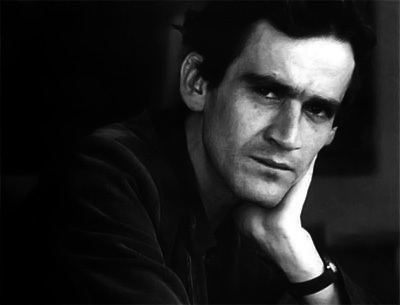
Arango's life was characterized by large contrasts from an open atheism to an intense spirituality, and a strong criticism of the society of his time. Those contrasts can be read in the First Manifesto of Nadaísmo as "The artist is considered sometimes a symbol fluctuation between holiness and madness". Arango died in a tragic car accident in the city of Tocancipá in 1976 when he was planning to move to London so that "by losing me, Colombians win me".
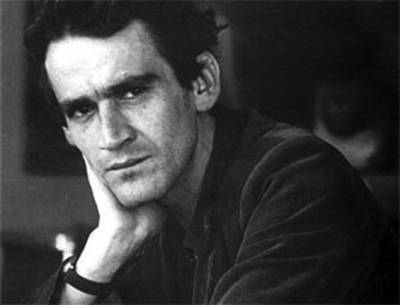
Revoluci n gonzalo arango
Life
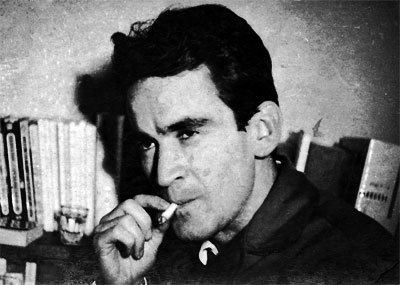
Gonzalo Arango was born in Andes, a town of the Antioquian South-Eastern region in 1931, in a time known in Colombia as the Regime of the Liberals that had to face the Great Depression. It was also the time of Constitutional and social reforms such as that of president Alfonso López Pumarejo. When he was an adolescent he saw the falling of the country into a bloody fight between the two traditional political parties after El Bogotazo of April 9, 1948, a period of violent civil strife that was triggered by the murder of presidential candidate Jorge Eliecer Gaitán. He lived also in a time when the Catholic Church in Colombia possessed the control of education, thanks to the Colombian Constitution of 1886, and thus exerted a great authority over political, cultural and social matters, such as in the censorship over intellectual material produced in the nation. As an example, one of the works by philosopher Fernando González Ochoa, "Viaje a pie" (Trip by foot) was forbidden by the Archbishop of Medellín under death penalty in 1929. This social context promoted his growing as an eccentric writer and thinker, and would influence Arango's work.
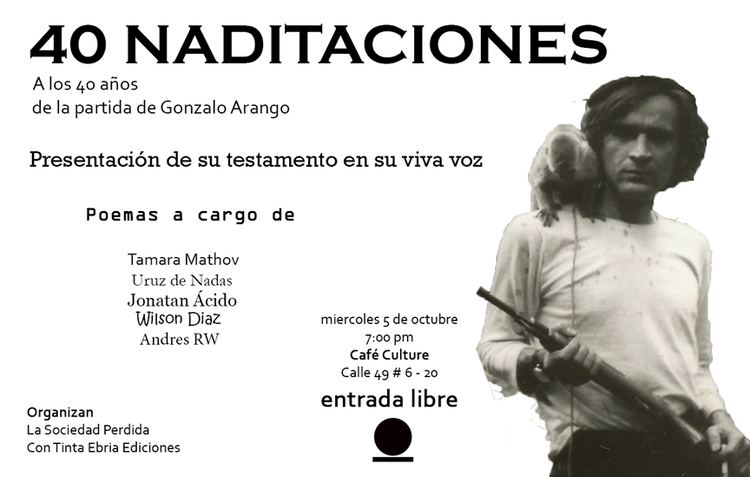
Arango was the last son of the 13 children of Francisco Arango (known as Don Paco) and Magdalena Arias. Don Paco was the telegraphist of the town and Madgalena was a housewife.
His beginning as a writer
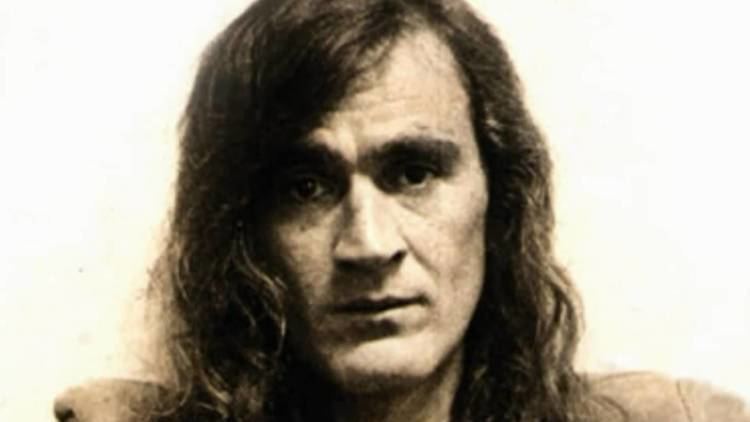
In 1947 he began to study Law in the University of Antioquia, but three years later he left the studies to devote himself to writing, starting with his first work "Después del Hombre" (After the Man). The eccentric writer stole a skull from the Saint Peter Cemetery of Medellín to be his companion in a country farm of his relatives where he went to live alone. About this time Eduardo Escobar wrote:
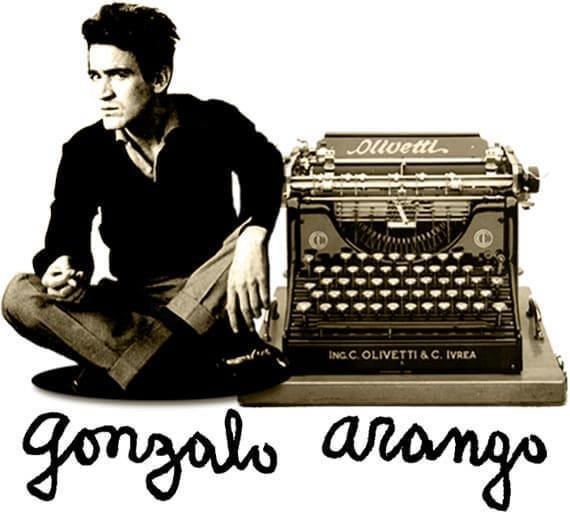
(...) don Paco Arango, his father, went to visit him, concerned. He utterly disliked what he saw: the young poet thin and yellow, the pile of acid bones bitterly hairless, giving himself to write a novel. The title said everything. Its name was After the Man.
Rojas Pinilla
On June 13, 1953 General Gustavo Rojas Pinilla led a bloodless Coup d'etat to the authoritarian conservative president Laureano Gómez to bring peace to the country after many years of civil war between liberals and conservatives. The Assembly that replaced the Congress, composed mostly of conservatives, re-elected him for the next presidential period until 1958. The Rojas coup was seen by many as a solution to the political crisis, the violence in the country, and as an alternative to the two traditional national parties. Young Arango was a Rojas supporter, joining the Movimiento Amplio Nacional - MAN (National Wide Movement) composed of artists and young intellectuals that supported the dictator. In this period, Arango devoted himself to journalism.
Soon, however, the reaction of the leaders of conservatives and liberals against Rojas was manifested in an agreement that caused his fall on May 10, 1957. While the dictator was exiled in Spain, Gonzalo Arango fled to Chocó.
Creation of Nadaísmo
He took refuge in the city of Cali in 1957. It was in the bohemian lifestyle of the salsa music's city where he started to give form to the Nadaism that he was to express in the First Manifesto, to be published a year later in Medellín. The dishonour of having supported a lost cause and the feeling of no future, with nothing, brought him to look for other companions who thought likewise about society:
What did I have. He asked himself. Nothing. Nothing-ism (Nadaísmo). He enlightened the future upon the ruins. He decided to rise as a rebel against the horrible dullness.
The first people to join the new movement were Alberto Escobar and Amilkar Osorio and, as an inauguration, they burned in 1958 in Plazuela de San Ignacio of Medellín the Colombian literature as a symbol against what was considered the traditional and masterpiece of literature. One of the books was his own first work, "After the Man".
The following year the Nadaists sabotaged the First Congress of Catholic Intellectuals in Medellín, a reason enough to be sent to prison in the same city. In prison he received the visit of Fernando González, the philosopher of Otraparte and one of his first inspirations. Among other Nadaist scandals is the sacrilege of the Holy Host in the Basilica of Medellín in 1961, a fact that had international consequences, and that he himself later repented for.
In 1963 he began a new change in his life and he was symbolically burned by the Nadaists in a bridge in Cali. He published a poetic anthology of ten Nadaists and wrote for La Nueva Prensa.
Nadaísmo (Nothing-ism)
The Nadaísmo movement continues to be a matter of study, because it was an authentic literary revolution in the Colombia of the second part of the 20th century. It has as its first inspiration the books of the philosopher Fernando González Ochoa and is framed by the flamboyant methods of surrealism.
More than anything, Nadaísmo was Gonzalo Arango's creation and inspiration, and his goal for it was that of "not leaving intact any faith or any idol in place," according to the First Manifesto. The Movement was deeply entrenched in the 1960s and attracted young talented writers of the time who created a strong literary school in Colombia, especially in poetry. The first Nadaists with Arango were Amílcar Osorio (known as Amílkar U) and Eduardo Escobar. Others would come such as Elmo Valencia and Jotamario Arbeláez. The cities of Medellín and Cali became the first setting for the development of the Movement, but it became soon of a national level.
Nadaism manifested its nonconformity against the social order of the time under the rule of the two Colombian traditional political parties (Liberal and Conservative), against a very conservative social structure, against bourgeoisie, and against mass revolutions with totalitarian aims. It was also a bohemian movement dedicated to poetry that was given as closed by its own founder at the beginning of the 1970s, but was continued by some of its followers even until modern times, like Jotamario Arbeláez and Eduardo Escobar.
Abandonment of Nadaism
As a surprise for his followers, Gonzalo Arango abandoned Nadaísmo in 1970, an event that was considered by the Nadaists as treason to its original principles. Already in 1968 he wrote an article of admiration for president Carlos Lleras Restrepo that caused the disapproval of the Nadaists. It was the beginning of the separation of the founder and his foundation until the day of his death.
The man who wrote manifestos against Catholic writers, began a new time of profound spirituality and the writing of love poems for his lover, the British Angela Mary Hickie:
For Angelita, Nadaísmo died in the 1970s buried by its own father. For this reason she remembers that in "Correspondencia violada" Arango goes against his own disciples and said that "they are digging out their old literary corpses to live from them in an advertising sense, disguising their past of soulless modernity, plastic philosophical eggs. What a lack of faith in life to still believe in Nadaism as the salvation...! What is important is what we are and not what we were,"
However, for Colombian writers of Nadaism like Jotamario Arbeláez and Eduardo Escobar, the movement is still alive in dissenter youngsters:
"You shouldn't get into an argument with Yoko Ono or Maria Kodama, on the risk of legitimizing them - said Arbeláez -. If we Nadaists were to devote ourselves to answer to Angelita, that would mean the real sign of our decadency as extremists, after 50 years of keeping alive the most negative and virulent movement of the history in literature."
Gonzalo Arango was also a journalist and he participated in different newspapers and magazines both in his country like Nueva Prensa, Cromos Magazine, and outside, as Corno Emplumado (Mexico) and Zona Franca (Venezuela). He published also his Nadaism Magazine.
"The Prophet," as he liked to call himself and was so called by his followers, ended his life in a tragic accident on the road Bogotá - Tunja on September 25, 1976.
